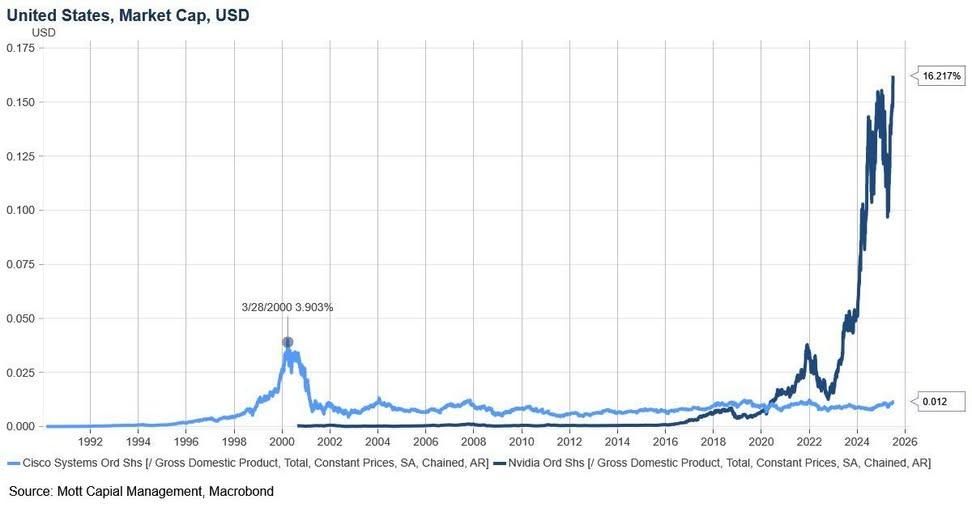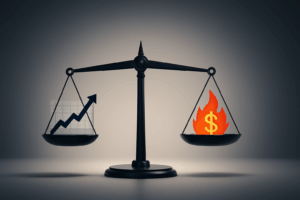Daily News Nuggets | Today’s top stories for gold and silver investors
October 30th, 2025
Trump and Xi Call Timeout on Trade War
After months of escalating tariffs and export controls, Presidents Trump and Xi Jinping met in South Korea and declared a truce. Trump slashed tariffs on Chinese goods from 57% to 47% and called the 90-minute meeting “amazing,” rating it a “12 out of 10.” China, in return, agreed to resume buying U.S. soybeans, ease restrictions on rare earth exports for a year, and crack down on fentanyl shipments.
The détente offers relief to businesses and investors rattled by the back-and-forth chaos. But don’t mistake this for a permanent peace treaty—it’s more like a tactical timeout. Key issues like semiconductor controls and tech rivalry remain unresolved, and Trump will visit China in April to continue negotiations. Markets responded cautiously, with investors hopeful but hardly convinced this marks the end of U.S.-China tensions.
The trade truce offered some relief to gold, which had been sliding on reduced safe-haven demand.
Gold Catches Its Breath After Four-Day Slide
Gold snapped a four-day losing streak Thursday, climbing back above $3,960/oz as traders digested the Trump-Xi meeting and the Fed’s latest rate cut. The yellow metal had tumbled from record highs above $4,300/oz earlier this month, pressured by profit-taking and reduced safe-haven demand as trade war fears cooled.
The Fed delivered an expected quarter-point rate cut, but Chair Powell threw cold water on hopes for another December cut, saying it’s “far from certain.” That kept gold’s rally muted. Meanwhile, the lack of concrete details from the U.S.-China trade talks left investors in wait-and-see mode. Gold remains up more than 50% year-to-date, supported by central bank buying, geopolitical uncertainty, and ongoing ETF inflows — but the path forward depends heavily on how durable this trade truce actually proves to be.
While the Fed stayed cautious on rates, Europe’s central bank took a different approach.
ECB Stands Pat as Europe Weathers Trade Storm
The European Central Bank held interest rates steady at 2% Thursday for the third straight meeting, signaling confidence that inflation is under control and the eurozone economy can handle the tariff turbulence. The decision came as no surprise — inflation is hovering right around the ECB’s 2% target, and European businesses have weathered Trump’s trade war better than initially feared.
ECB President Christine Lagarde and her team have taken their foot off the brake after cutting rates eight times since mid-2024, bringing the deposit rate down from pandemic-era highs. Now they’re content to sit tight and watch. Some policymakers are debating whether “insurance cuts” might be needed if trade tensions flare up again or if Germany’s sluggish economy drags down growth, but most officials see the current rate as appropriate.
But as central banks navigate trade tensions, another kind of bubble may be inflating in markets.
Déjà Vu: AI Mania Eclipses Dot-Com Bubble
At the March 2000 peak of the dot-com bubble, Cisco’s market cap hit 3.9% of entire U.S. GDP. Today, Nvidia has blown past that milestone — clocking in at over 16% of GDP. That’s more than four times the concentration that marked the top of the last tech bubble.
And the warning signs keep piling up. SPACs — the speculative vehicles that crashed and burned after 2021 — are roaring back. More than 108 have launched in 2025, nearly double last year’s total, raising over $24 billion since November. Familiar faces like Chamath Palihapitiya and Trump-connected figures are back in the game, chasing the same sectors: AI, crypto, and digital finance.
The playbook is eerily familiar: euphoria, concentration risk, and speculative excess. When the last bubble popped, gold became the go-to safe haven. This time around, it’s already moving before the crash.
Which brings us back to why gold’s long-term outlook remains so compelling…
Industry Insiders Say Gold’s Heading to $5,000
Delegates at the London Bullion Market Association’s annual conference in Kyoto just put a number on gold’s next big move: $4,980 per ounce by late 2026. That’s a 27% jump from current levels, pushing the yellow metal within striking distance of the psychological $5,000 mark. And they’re not just guessing—these are the people who trade, mine, and finance billions in bullion every year.
The forecast comes as gold is already having its best year since 1979, up 52% year-to-date after hitting an all-time high of $4,381 on October 20. Silver’s doing even better, climbing 62% this year and reaching a record $54.50—with delegates predicting it’ll hit $59 within twelve months.
Perhaps most telling: for the first time in 30 years, gold has dethroned U.S. Treasuries as the primary reserve asset for global central banks. That’s not just a price story—it’s a structural shift in how the world stores wealth.
Investing in Physical Metals Made Easy
Open an Account






